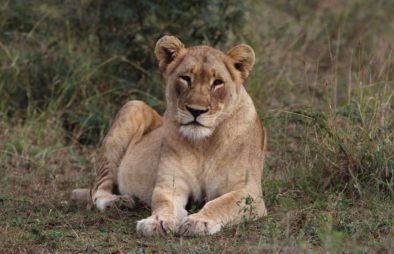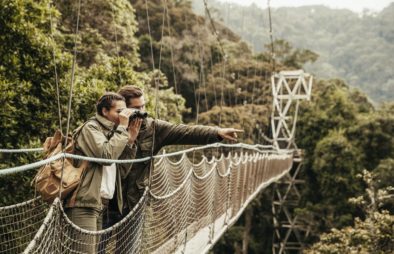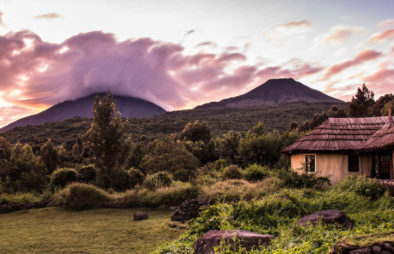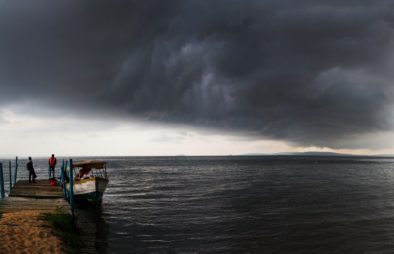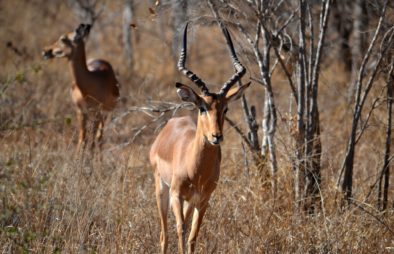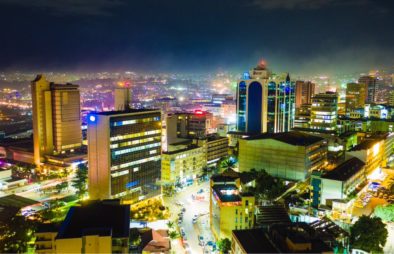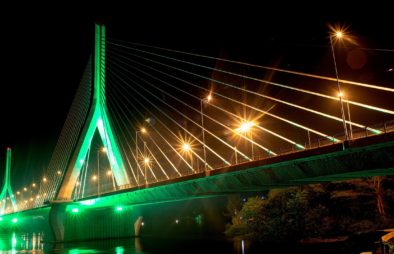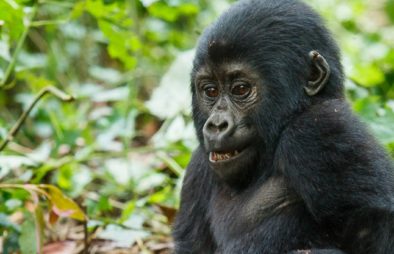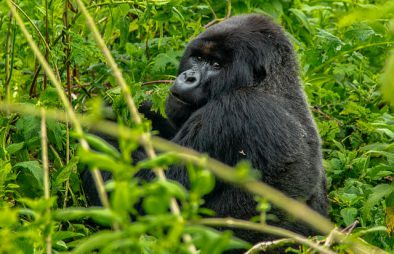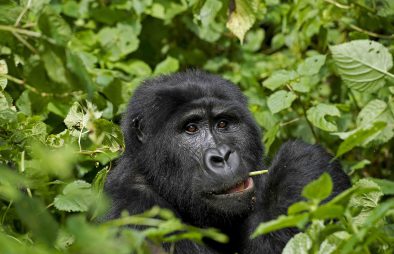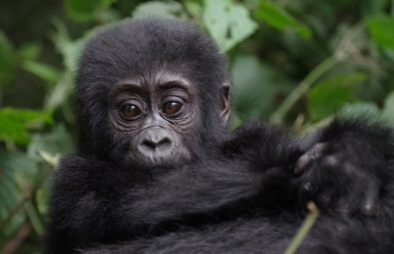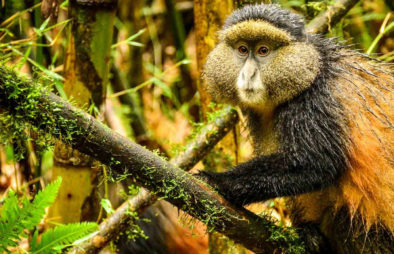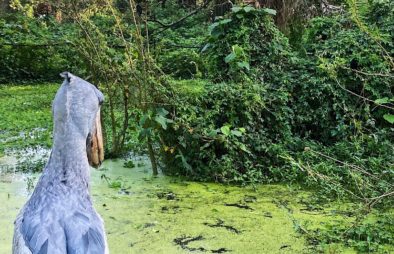Sport Fishing in Uganda
Visitors Worldwide come to Uganda (the Pearl of Africa) to explore the spectacular Islands for their unmatched jaw-dropping sceneries, warm and friendly climate, pristine white sand beaches and surrounding Turquoise waters. When you talk sport fishing, these remarkable features work together to reward visitors with unequalled experiences. Uganda’s water bodies (Lakes, Rivers, Swamps and waterfalls) are known for sheltering World record sizeable Nile Perch, Tilapia, Catfish and Tiger fish that are caught all year round. You never can tell what is waiting to get hooked into your trap until you undertake sport fishing trips in Uganda.
Where do I go for sport fishing in Uganda?
Murchison falls National Park
Situated in the north-western part of Uganda approximately 6-7 hours’ drive from Kampala, Murchison falls National Park is dissected by the Nile and home to the huge Nile Perch. This makes this Park the most popular destination for sport fishing in Uganda and the adventure is conducted all year round. However, maximum sport fishing experiences are achieved in the dry season-June to October or December to February when water levels have reduced.
The banks of Nile River near Paraa Safari Lodge and at Karuma falls area close to Chobe Safari Lodge are perfect places to undertake this activity in Murchison falls National Park. These two areas are mainly accessed by boat or hiking down to the bottom, and Nyamusika cliffs is where the largest catfish was caught weighing 45 kilograms while the largest Nile Perch weighed about 113 kilograms caught at the water gorge adjacent to the Crocodile Pool. Besides the fishing permits ($50 for one day and $150 for four days), don’t forget to wear sunglasses, sunscreen, long-sleeved shirt and a hat.
Ssese Islands
Ssese Islands provide more secluded and uninterrupted sport fishing experiences, about 50 kilometers from the Town of Entebbe. Ssese is an archipelago consisting of about 80 stunning Islands surrounded by tranquil white sand beaches, lush tropical forest and fresh water. Presently, anglers can catcher Nile Perch and Tilapia among others.
Lake Victoria
As the largest freshwater Lake in Africa, Lake Victoria is home to over 37 fish species, including Nile Perch and Tilapia that are commonly-caught. For this magnificent fishing spot, adventures are conducted in two shifts-Morning shift from 9:00am to 12:00pm and the afternoon shift from 1:00pm to 5:00pm, conducted all year round although months of October to March are more rewarding. The Nile perch caught here during sport fishing adventures range between 10 and 100 kilograms while Tilapia weigh between 1 and 2 kilograms caught with fly-fishing methods. In most cases, engine-powered canoes/boats accommodating 2-4 persons are used and anglers are required to come along with rain jackets, wide brim hat, mobile phones, sunglasses and backpack while GPS Tracker, cooler with drinks, first aid box, life jackets and flares are provided.
Sipi Falls, Mount Elgon National Park
Sport fishing in Mount Elgon National Park is conducted around the three magnificent Sipi falls where the Rainbow trout (weighing up to 3 kilograms) is caught by fly fishing on catch-and-release basis. The activity is carried out throughout the year but the dry season offering more difficult experiences, given the lower water levels in Sipi River.
Lake Mburo
Lake Mburo (within Lake Mburo National Park) is another excellent destination for sport fishing in Uganda with a total of about 6 fish species. While Tilapia is the commonest fish species here, others that are present are lung fish, cat fish and Tiger fish among others. This adventure is conducted within the Mazinga area and visitors are required to come along with their fishing equipment as well as fishing permit, only issued by Uganda Wildlife Authority.
When is the best time to go for sport fishing in Uganda?
Enthusiastic anglers know that sport fishing in Uganda is conducted anytime although first-timers can achieve maximum experiences during the dry season from June to September and December to February when water is warmer and fish more active hence easier to catch

